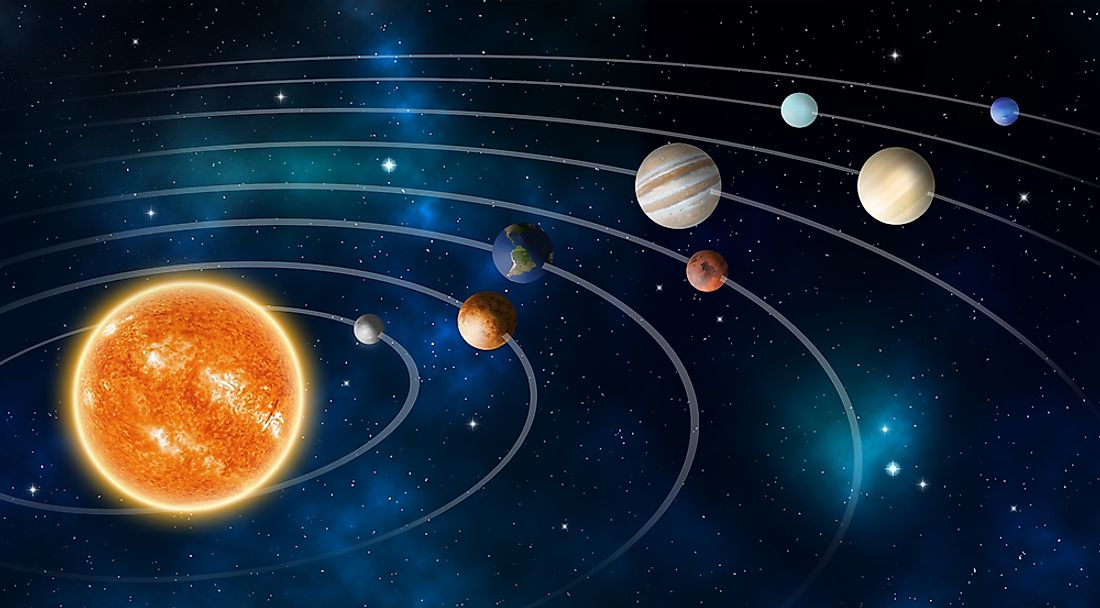How Did Ancient Hindus Find About 9 Planets?
The nine planets (navagraha – celestial bodies of universe in Sanskrit) mentioned in the Hindu astrology (astrology, not astronomy) are Surya (Sun), Chandra (Moon), Mangala (Mars), Budha (Mercury), Brihaspati (Jupiter), Shukra (Venus), Shani (Saturn), Rahu (North Lunar Node), and Ketu (South Lunar Node).

Sun and Moon are not planets. Mars and its reddish color can easily be seen with naked eyes. Mercury can be seen near the western horizon after sunset and easter horizon before sunrise with naked eyes. Jupiter is one of the brightest objects visible to the naked eye in the night sky. Venus is the second-brightest natural object in the night sky after the moon. Saturn can also be observed in the sky with naked eyes. Rahu and Ketu denote the points of intersection of the paths of the Sun and the Moon as they move on the celestial sphere.
Only five planets that are visible to the eyes are mentioned. Other planets are not mentioned, not even Earth!
No extraordinary stuff here! The concept of Hindu navagraha amazes only a person with a pseudoscientific temperament.



Can you please help me how to see mars, Jupiter and Saturn with naked eye.
It was the time when there was very less pollution due to which people at that time were able to see it, today humans have polluted the earth and nature due to which we cant see
Universe is expending..everyone must b amazed how hindu sadhus and rishimuni discovered the watch of universe to stay according them called Navgrah to live a peaceful life and u wil b more amazed to know your life according to Navgrah. HINDUISM IS THE UNIVERSE! No religion saw that far so u must bow to Hinduism!
JAI SHRI RAM❤️HAR HAR MAHADEV❤️️
aacha laand katuwe dikha nnge aankho se bsdk
abey bsdk
http://wish-club.ru/forums/index.php?autocom=gallery&req=si&img=5228